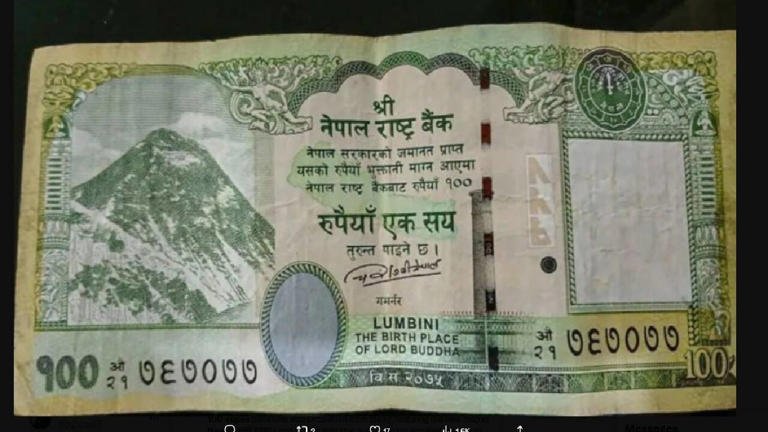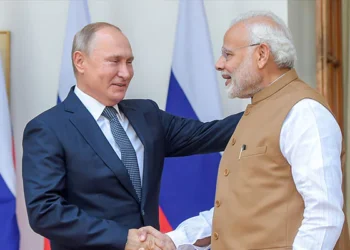The redesigned note marks Nepal’s latest assertion of its 2020 constitutional map, keeping the territorial dispute firmly in diplomatic spotlight.
BY PC Bureau
November 28, 2025: Nepal on Thursday unveiled its new NPR 100 banknote featuring an updated national map that includes the disputed territories of Lipulekh, Limpiyadhura, and Kalapani — areas India maintains are its own.
In a public notice, the Nepal Rastra Bank (NRB) said the redesigned note incorporates enhanced security and identification features to improve authenticity and usability.
The NRB had, in October last year, handed the printing contract to China Banknote Printing and Minting Corporation. The currency design was earlier approved by the Nepalese Cabinet in May 2024 under then–Prime Minister KP Sharma Oli.
Nepal first incorporated Limpiyadhura, Lipulekh, and Kalapani into its official map through a constitutional amendment on May 20, 2020. Under the Nepal Rastra Bank Act, the central bank designs the notes, but any change in size or design must receive government clearance.
The new NPR 100 note retains the size and colour of its predecessor and features Mount Everest on the left and a watermark of the Rhododendron, Nepal’s national flower, on the right. At the centre are illustrations of Nepal’s map and the Ashoka Pillar, while the principal design showcases a one-horned rhinoceros with its calf.
A tactile black dot near the Ashoka Pillar helps visually impaired users identify the denomination.
Nepal Reignites the Border dispute with Bharat:
Nepal’s central bank unveiled new Rs 100 currency notes featuring a revised national map that includes the disputed Kalapani, Lipulekh, and Limpiyadhura regions, territories India has long maintained are its own. pic.twitter.com/CSM13zKt58
— Global perspective (@Global__persp1) November 28, 2025
Other elements include an image of Maya Devi in silver metallic ink, the standard guarantee text, and a 2 mm security thread that appears red when viewed straight and green when tilted. The note carries the signature of former governor Maha Prasad Adhikari and a series number marked “2081” in Nepali numerals.
The NRB commissioned the Chinese company to design, print, supply, and deliver 300 million 100-rupee notes at an estimated cost of USD 8.99 million — over NPR 1.2 billion — translating to roughly NPR 4.04 per note.
READ: S-400 Deal, Regional Security Expected to Dominate Modi–Putin Summit
India’s long-standing position is that Kalapani, Lipulekh, and Limpiyadhura fall within its territory, based on its reading of the 1816 Sugauli Treaty, which identifies the Kali River as the boundary. India holds that the river originates at Kalapani, while Nepal claims the source lies further north in Limpiyadhura, resulting in the border dispute.
The Ministry of External Affairs criticised Nepal’s revised map on the banknote, calling it a “unilateral act” that “does not change the ground reality.”









